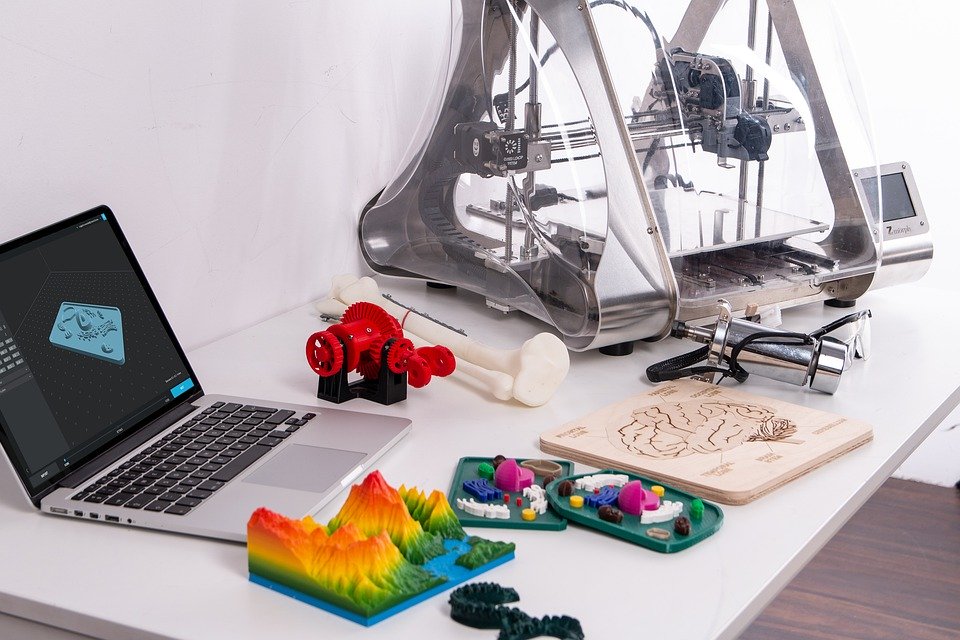
3D printing applications differ across sectors: It is a big hit in manufacturing. Manufacturers leverage technology for product development and customization. Sculpteo offers a 3D printing service online. The materials and technology attain industry standards. You can get a wide range of 3D printing solutions for your manufacturing needs. This article will examine technology’s role in the manufacturing sector.
Contract Manufacturing
Outsourcing 3D printing services for your business is viable for short-term and long-term projects. Enterprises do not need to invest much to manufacture products or parts. They can outsource the service through contract manufacturing. It provides businesses with skilled personnel to help with product development. The strategy minimizes the investment costs as manufacturing companies get equipment, expertise, and facility from Sculpteo. They benefit from efficient and high-quality systems to manufacture their items. Companies can scale up or down their 3D printing depending on their production needs.
Contract manufacturing provides businesses with quality products. It is best to evaluate the quality controls before hiring another party to manufacture an item for you. The costs will depend on the pieces you order: it becomes cheaper with the more things you produce. Discussing your manufacturing needs with Sculpteo helps implement the idea and get the best results.
3D Printing Applications for Manufacturing Businesses
Since its introduction over 3 decades ago, 3D printing has evolved. Now, the printer models can do more than the previous versions. You can make simple models for interior designs or complex parts for industrial applications. The technology provides businesses with more opportunities and speeds up processes. Let us look at the role of 3D printing in the manufacturing industry;
Rapid Prototyping
3D printing technology creates prototypes to ensure components attain optimum functionality and performance. Companies can test designs to develop the best finished product. Manufacturers must establish competitive items, and rapid prototyping is essential for commercialization. The strategy helps businesses save costs on production and reduces the time it takes for products to reach the market.
Rapid prototyping maintains the same properties for all products. Manufacturers can evaluate the project through every stage in their production process. Still, the approach involves taking consumer input to adjust the design to fit the industry requirements.
On-Demand Production and Features Addition
Another main advantage of 3D printing in manufacturing is the capability to add features to existing designs. It helps businesses customize their products during production or for future releases. Technology is vital in finding the right material for the additional features in industrial product designs. Besides innovation, 3D printing plays a role in the project’s viability through cost reduction. Manufacturers keep a digital copy of the design and can produce it on demand.
The Final Word
Manufacturing companies have largely benefited from 3D printing as it contributes to increasing applications. Unlike desktop printers, 3D models are more dynamic, and the printers are industrial. Digital devices produce more volumes than the alternative in a set time frame. Sculpteo assists clients with production and integration for the best experience.
